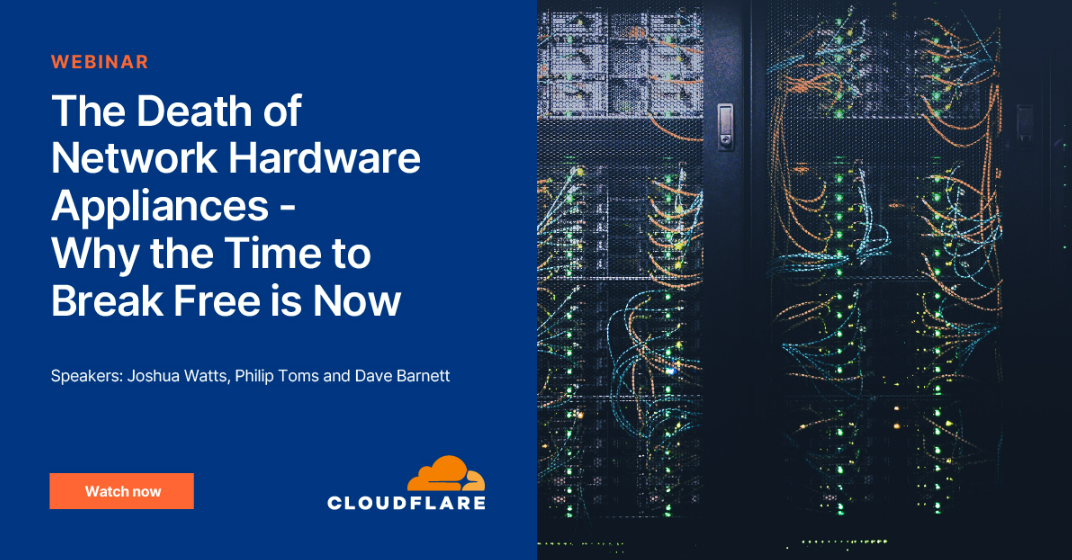37 Signals stands to save $7m by abandoning cloud, CTO brands prices "grotesque"
The company is repatriating cloud workloads due to exorbitant prices and investing in its own server hardware


A senior figure at US software company 37 Signals has hit out at ‘grotesque’ increases to cloud prices as the company continues its shift away from the cloud.
David Heinemeier Hansson, CTO at 37 Signals, the company behind project management platform Basecamp, revealed in a series of blog posts this week that the company expects to save $7 million over the next five years by shifting away from the cloud.
Hansson first outlined the company’s plans to repatriate cloud workloads in October in response to rising costs, noting that the firm spent $3.2 million on AWS cloud services across 2022.
$2.3 million of this, he said, was spent on simply running “app servers, cache servers, database servers, search servers” and various associated costs.
This significant cost burden prompted the firm to make the decision to replace cloud spending and build out its own server infrastructure to deliver greater “independence” and reduce expenditures.
“Our sights are set on a total cloud exit by the end of the summer,” he said. “And by our preliminary calculations, we stand to save about $7m in server expenses over the five years from doing so. Without changing the size of our ops team,” he said.
“The cost of cloud is grotesque in several key instances,” Hansson added. “Whether it’s big-iron databases, large NVMe storage, or just the latest, fastest compute, we’re paying as much to rent the donkey every few months as it would cost to buy it.
Get the ITPro daily newsletter
Sign up today and you will receive a free copy of our Future Focus 2025 report - the leading guidance on AI, cybersecurity and other IT challenges as per 700+ senior executives
“When that’s the case, you should own the donkey. We will spend our money on our own hardware and our own people. Everything else will get the squeeze.”
Hardware investment
In his blog post, Hansson said the company plans to cut its reliance on cloud servers and invest in eight servers “running dual 64-core CPUs in each data centre” or “14 machines running single-core CPUs at a higher clock frequency”.
In all, Hansson noted that the configuration “doesn’t really matter to the overall math” considering the potential cost savings, and that the company will need to add around 2,000 vCPU per data centre.
Given the company runs in two separate data centres, this will require 4,000 vCPUs to accommodate for “performance and redundancy”.
This hardware investment is expected to cost “somewhere in the region of $600,000”, he added - a sum far less than its previous cloud-related costs.
“Spending $600,000 on a bunch of hardware might sound like a lot in the age of cloud,” he said. “But if you amortise that over a conservative five years, it’s just $120,000 per year.”
Bandwidth investment
As part of this shift, Hansson said the company has been working alongside hosting provider, Deft, to further reduce bandwidth, power, and cooling costs.
At present, the company currently spends around $60,000 per month on “two full racks in each of our data centres through Deft”.
“We purposely over-provisioned our space, so we can actually fit all of these many new servers in the existing racks without needing more space or power,” he said.
RELATED RESOURCE

Hansson noted that, even after adding this up, the total spend remains at around $720,000 per year. And combined with the average yearly cost savings from shifting away from the cloud, this brings total annual costs to $840,000 per year.
“That's a total of $840,000 a year for everything. Bandwidth, power, and boxes on an amortisation schedule of five years. Compared to $2.3m in the cloud,” he said. “And we'll have much faster hardware, many more cores, incredibly cheaper NVMe storage, and room to expand at a very low cost - as long as we can still fit in two racks per DC.”
“In round numbers, let's call it saving a million and a half dollars per year. Put aside half a million to unforeseen expenses over the period, and that's still seven million dollars saved over five years.”
Cloud repatriation
A recent study from Canalys revealed that spending on cloud services is expected to rise by more than one-fifth this year, placing a significant burden on businesses.
This surge is being fuelled by rising public cloud costs and inflation, and is “forcing enterprise customers to optimise their cloud approach”.
“Macroeconomic uncertainties are contributing to a more conservative approach to IT budgets,” the report said. “A growing number of customers are adjusting cloud strategies for greater efficiency and control.”
Increasingly, this is forcing organisations to consider the repatriation of cloud workloads to private or co-location data centres, the report noted.
Philip Dawson, VP analyst at Gartner, told IT Pro earlier this month that this cloud repatriation trend could continue across 2023 as organisations look to reduce expenditures and re-assess how they leverage cloud.
Motivating factors
In a follow-up blog post, Hansson revealed that there were additional motivations for shifting away from the cloud aside from rising costs.
Part of this, he explained, could be attributed to a pervasive feeling that working with cloud providers limited the company’s sense of “independence” and locked it into a system in which they were beholden to changes implemented by external stakeholders.
“We value independence above all else,” he said. “Being trapped in Amazon’s cloud and having to suffer the indignities of outrageous pricing for new experiments like Solid Cache, has become an intolerable violation of this core value.”

Ross Kelly is ITPro's News & Analysis Editor, responsible for leading the brand's news output and in-depth reporting on the latest stories from across the business technology landscape. Ross was previously a Staff Writer, during which time he developed a keen interest in cyber security, business leadership, and emerging technologies.
He graduated from Edinburgh Napier University in 2016 with a BA (Hons) in Journalism, and joined ITPro in 2022 after four years working in technology conference research.
For news pitches, you can contact Ross at ross.kelly@futurenet.com, or on Twitter and LinkedIn.
-
 Bigger salaries, more burnout: Is the CISO role in crisis?
Bigger salaries, more burnout: Is the CISO role in crisis?In-depth CISOs are more stressed than ever before – but why is this and what can be done?
By Kate O'Flaherty Published
-
 Cheap cyber crime kits can be bought on the dark web for less than $25
Cheap cyber crime kits can be bought on the dark web for less than $25News Research from NordVPN shows phishing kits are now widely available on the dark web and via messaging apps like Telegram, and are often selling for less than $25.
By Emma Woollacott Published